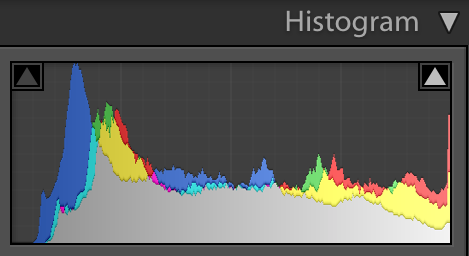- Snake River Fog -
One of the first rules people learn in photography, to which they have unwavering fidelity, is always to photograph with the sun at your back. While this a helpful concept in the beginning, the rule, like most "rules" in photography must be broken in order to advance your work beyond the standard family vacation portrait. What sets an experienced photographer apart is not that he/she simply breaks the rules of light, the rule of thirds, etc, but that they have discernment to recognize the situation in which breaking the norms will transform a photograph into a piece of art. Experimenting with frontal light, side light, and back light is an essential step in taking your photography to the next level.
In the case of the image here, I was not simply photographing towards the sun (backlight), but also the sun itself. Properly utilized, this approach can create a dynamic and captivating image. Poorly used, this technique will not only ruin your image, but also your eyesight and thereby future in photography. Here are a few things to consider when including the sun in your photography:
- It can't be the whole sun. I find this really only works in scenarios where the sun is at a low angle (sunrise or sunset) and is partially obscured. My favorite circumstances for this are fog and clouds. In the image above the rising sun was breaking through a fog layer on the bank of the Snake River.
- Underexpose the Image. If you've spent much time dabbling in landscape photography you will have inevitably heard the phrase "always preserve the highlights." This is true...for the most part. Essentially, this means that you always want to expose your image for the brightest part of the scene so that you don't blow out the highlights. However, when you are including the sun itself in the image there will be an inevitable hotspot the blows out the right side of your histogram (as seen below). In this instance I am not concerned with containing all the highlights, but rather I am focused on how large I want that bright spot to be. In this scene I wanted the hotspot to take up roughly a third of the sky. This required me to underexpose the image 2.5 stops.



